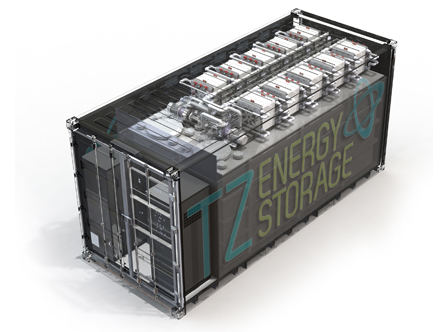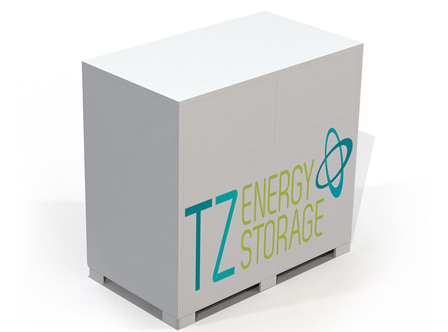NEWS


IK4-TEKNIKER and ZIGOR are looking for mass electricity storage solutions that, once hybridised with the generation of renewables, can be later transformed into a dispatchable resource.
Renewables have become a solid power alternative to the fossil fuels used nowadays. However, power generation based on solar, wind or marine renewables is highly reliant on ever-changing weather conditions.
It is therefore essential to find solutions that can store power generated by these sources and will allow grid managers to adjust demand according to the amount of power available (either generated or stored).
In order to address this challenge, IK4-TEKNIKER and ZIGOR Corporación are developing systems based on Redox flow batteries that store power by means of a chemical process that takes place between two separate liquid electrolytes. This new generation of durable and highly efficient batteries provides a solution that accumulates power generated by renewables, i.e., the most pressing challenge in terms of power storage.
Power surplus is lost if power demand levels in the electricity system are lower than renewable generation capacity and there is no storage available. This is why smart renewable integration is based on developing solutions capable of storing any power surpluses these sources can generate as a function of the available resources (wind, sun, waves…).
Nowadays, Redox flow batteries offer highly competitive know-how in terms of mass power storage demanded by the renewables market as they provide greater resilience in terms of power and energy as a function of renewable generation capabilities and are characterised by a service life, in terms of number of cycles, that is longer than other battery technologies and makes them highly suitable for the massive integration of renewables.
We are dealing here with a generation of medium power Redox flow batteries using in-house know-how that cannot only be used to integrate renewables but can also be applied to distributed power generation.
Thanks to these new developments, these organisations intend to improve four aspects connected to this technology:
- Optimising operation strategies to optimise efficiency and cost per KWh;
- Designing and developing a manufacturing process (with a particular focus on critical components such as frames), so that assemblage can fully guarantee watertightness and provide a modular construction to simplify maintenance work;
- Developing and integrating a flow battery featuring power and control electronics and ancillary elements to configure of a power module that is suitable for the applications described above;
- And, lastly, manufacturing and marketing a modular flow battery for power and energy scaling to facilitate its market launch.
These batteries will offer a solution with enough potential to achieve efficient mass storage for power supplied by renewables.



